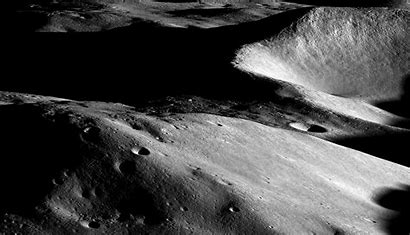
New Delhi: The National Aeronautics Space Agency (NASA) has shortlisted nine potential landing sites near the lunar South Pole for its upcoming Artemis III mission. This mission marks NASA’s first crewed Moon landing in over 50 years. Each of these locations is set to undergo thorough scientific and engineering assessments, with plans to explore other areas for future missions beyond this selection.
The nine proposed lunar landing regions situated near the South Pole are:
1. Peak near Cabeus B
2. Haworth
3. Malapert Massif
4. Mons Mouton Plateau
5. Mons Mouton
6. Nobile Rim 1
7. Nobile Rim 2
8. de Gerlache Rim 2
9. Slater Plain
NASA highlights that each of these nine locations offers the potential to gain crucial insights into rocky planets, lunar resources, and the broader history of the solar system. The lunar South Pole, largely unexplored by crewed missions, features permanently dark regions that may harbor essential resources like water.
Lakiesha Hawkins, assistant deputy associate administrator of NASA’s Moon to Mars Program Office, stated, “Artemis will return humanity to the Moon and visit unexplored areas. NASA’s selection of these regions shows our commitment to landing crew safely near the lunar South Pole, where they will help uncover new scientific discoveries and learn to live on the lunar surface.”
Sarah Noble, the Artemis lunar science lead at NASA Headquarters in Washington, emphasized that the Moon’s South Pole presents a “completely different environment” than where previous Apollo landings occurred. She noted, “It offers access to some of the Moon’s oldest terrain, as well as cold, shadowed regions that may contain water and other compounds.”
To determine these sites, a multidisciplinary team of scientists and engineers analyzed the lunar South Pole, utilizing data from NASA’s Lunar Reconnaissance Orbiter alongside extensive lunar science research. Key factors in their assessment included scientific potential, launch window availability, terrain suitability, communication links with Earth, and lighting conditions.
Jacob Bleacher, NASA’s chief exploration scientist, remarked, “Artemis III will be the first time that astronauts will land in the south polar region of the Moon.”
The final selection of specific landing sites for Artemis III will be made after NASA finalizes the mission’s launch dates, which will influence transfer trajectories and the conditions on the lunar surface.
As humanity prepares for this landmark mission, excitement builds for the scientific discoveries awaiting at the Moon’s South Pole.















